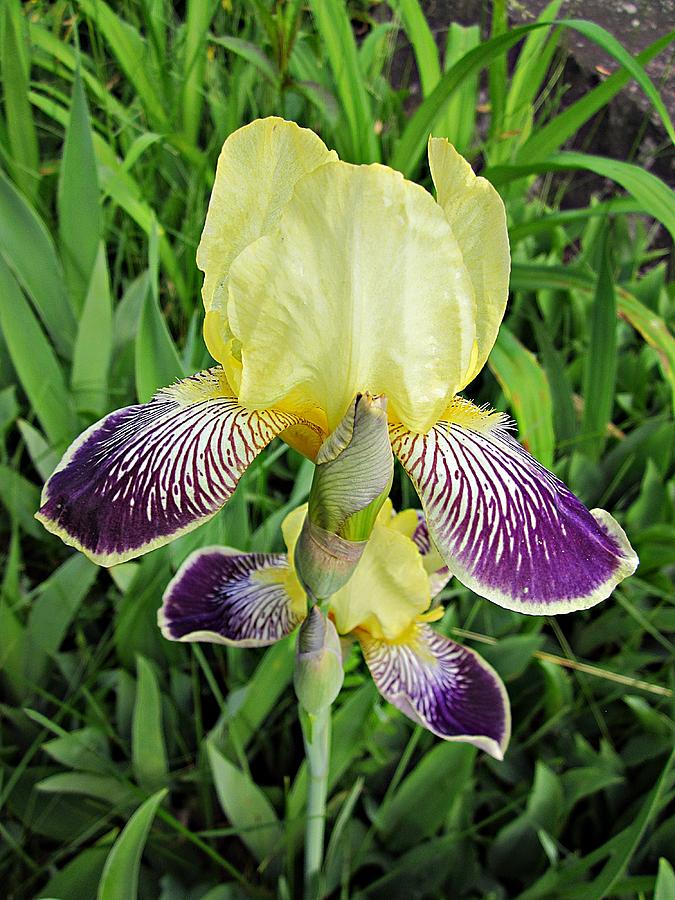

Invasive Species Council of BC, Yellow Flag Iris,.Fraser Valley Invasive Species Society, Yellow Flag-Iris,.Central Kootenay Invasive Species Society, Yellow Flag Iris,.Yellow Flag Iris sickens animals if eaten, causing inflammation of the stomach and intestine. There is no current effective means of biological control in BC.Herbicide control is not recommended for this species.Although some herbicides provide effective control of Yellow Flag Iris, they cannot be applied in aquatic environments in Canada.
#Yellow iris skin
Note: To prevent skin irritation, wear gloves when handling Yellow Flag Iris. This entails cutting above-ground plants and covering the site with pond liner or heavy PVC matting for approximately 70 days to deprive the plant of light and oxygen. Alternatively, the ‘benthic barrier’ method can be used on dense infestations with few other plants.Monitor regularly for re-growth and remove any new plants that appear. Remove the root masses from the area to prevent re-growth from fragments.
#Yellow iris full
Ensure you go to the full depth of the plant (up to 30cm deep).

Ensure soil and gravel are uncontaminated before transport.Regularly monitor properties for infestations.
#Yellow iris free
If you’re a boater or an eco-tourism professional, learn more in our free 20 minute Aquatic Invasives 101 course! DO What to do if you spot it: You can report any Yellow Flag Iris sighting by clicking here. Learn to identify Yellow Flag Iris: use the images presented in this profile page. Yellow Flag Iris is found throughout the Sea to Sky region, so PREVENTION of further spread is key. Yellow flag iris is a prohibited species in New York State – for more information on Prohibited and Regulated Species, visit. Yellow flag spreads through seeds and rhizome growth. as an ornamental plant and has been planted for erosion control. Yellow flag iris was introduced to the U.S. Native blue flag iris is a good landscaping alternative to this ornamental, wetland invader. Digging up the root ball of individual plants can be effective. This plant forms large, clonal populations that displace native species and offer nutrient-poor forage for wildlife.Ĭaution should be used when hand-pulling this plant, as it can cause skin irritation. It grows well in freshwater wetlands and can tolerate high acidity. Yellow iris is found along the edges of lakes, ponds, rivers and streams. The yellow, showy flowers bloom from April to June. The broad, lance-shaped leaves are stiff and erect. Yellow iris is an herbaceous perennial that can grow between 3-4 ft.


 0 kommentar(er)
0 kommentar(er)
